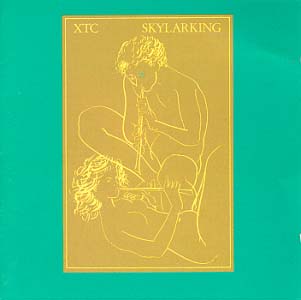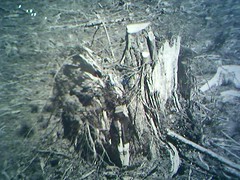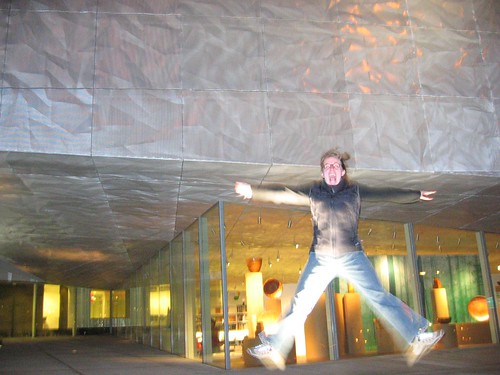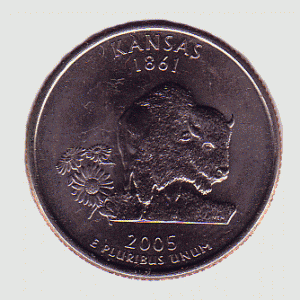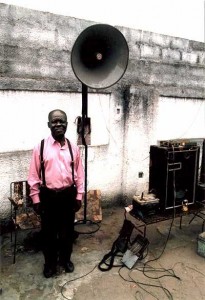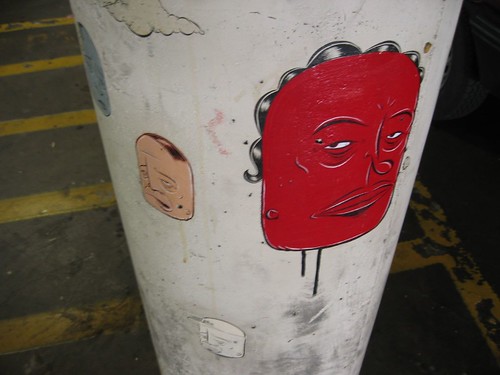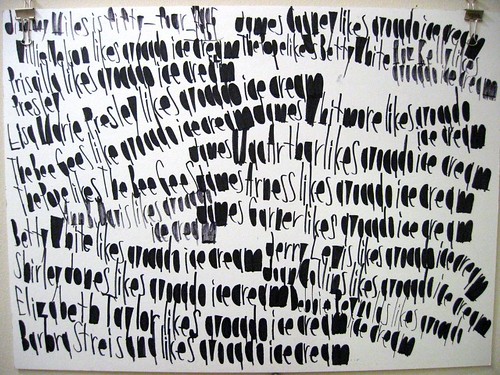Meth is known by many names — speed, ice, crank, crystal, glass — and, by many accounts, it continues to spread throughout the US. Whenever a conversation turns to the subject of meth, someone inevitably identifies some American city as Our Meth Capital. Others in the conversation usually disagree — "Des Moines? I thought Fresno was the meth capital," "No, it's Gainesville, Florida," "I thought it was somewhere outside Phoenix," and so on. Judging from the cities that are thrown around in these conversations, the meth capital should be (a) poor, (b) white, © somewhat small, but not unheard of, and (d) known for heavy industry, agriculture, or tourism. Of course, the Internet has something to say about the location of our meth capital. Most seem to agree that it's in California, probably somewhere in the Central Valley now that the tweakers have been run out of Riverside and San Diego counties. Nominations for our nation's meth capital include:
- The LA Weekly, California's Central Valley: "What Colombia is to cocaine, the Central Valley of California is to meth labs."
- Sierra Magazine, California, Arizona, Missouri: "California, Arizona, and Missouri vie for the dubious honor of meth capital of America … in terms of sheer volume, California has always been and remains Numero Uno."
- Austin American-Statesman, Not Texas: "Should the bill not pass, Estes warned, 'we can count on Texas becoming the meth capital of the United States.'"
- Missouri Senator Kit Bond: Missouri: "Unfortunately, Missouri is the methamphetamine capital of the United States."
- The Southern Illinois Daily Egyptian, Missouri: "The concept is coming over from Missouri and is spreading across the area."
- Slate, Everyone needs to chill: "Submit the search terms "methamphetamine capital of the world" or "meth capital of the world" into Nexis, and it spits back almost 70 citations between 1983 and 2005, with many writers and sources disputing the capital's precise GPS coordinates."
